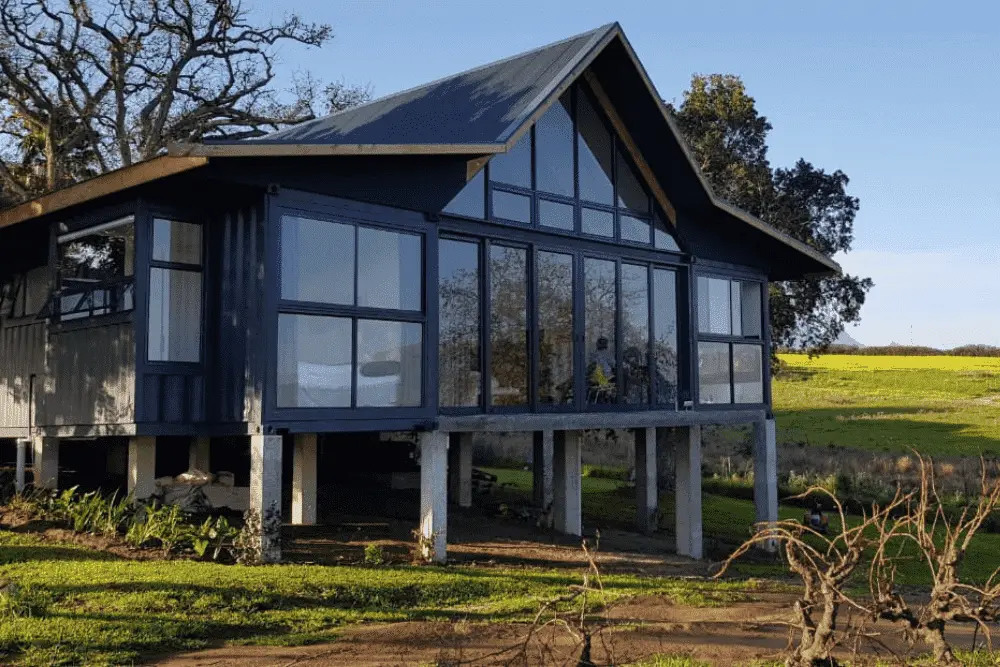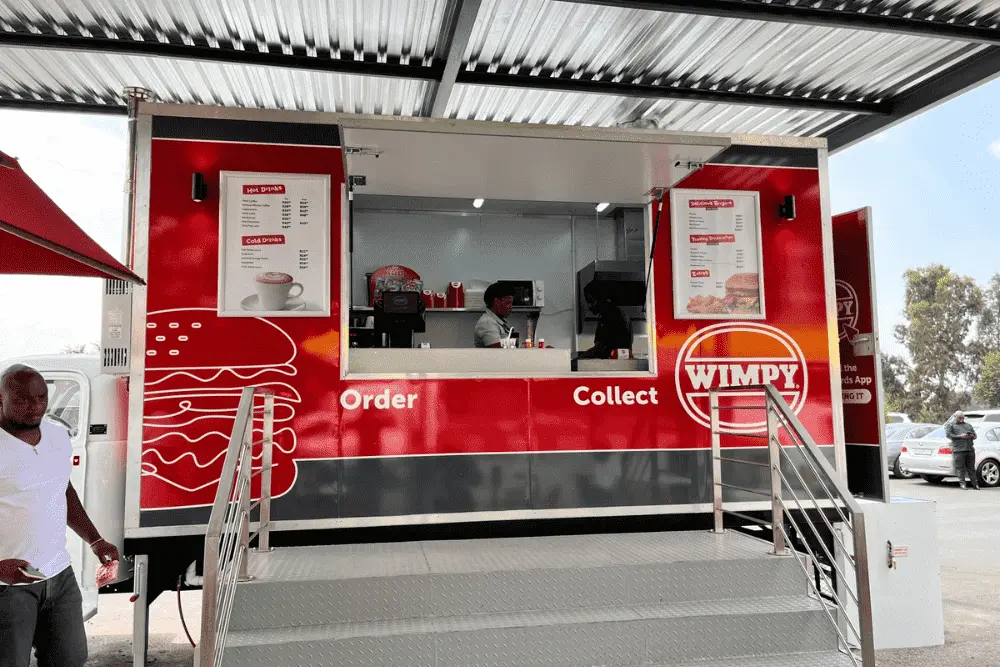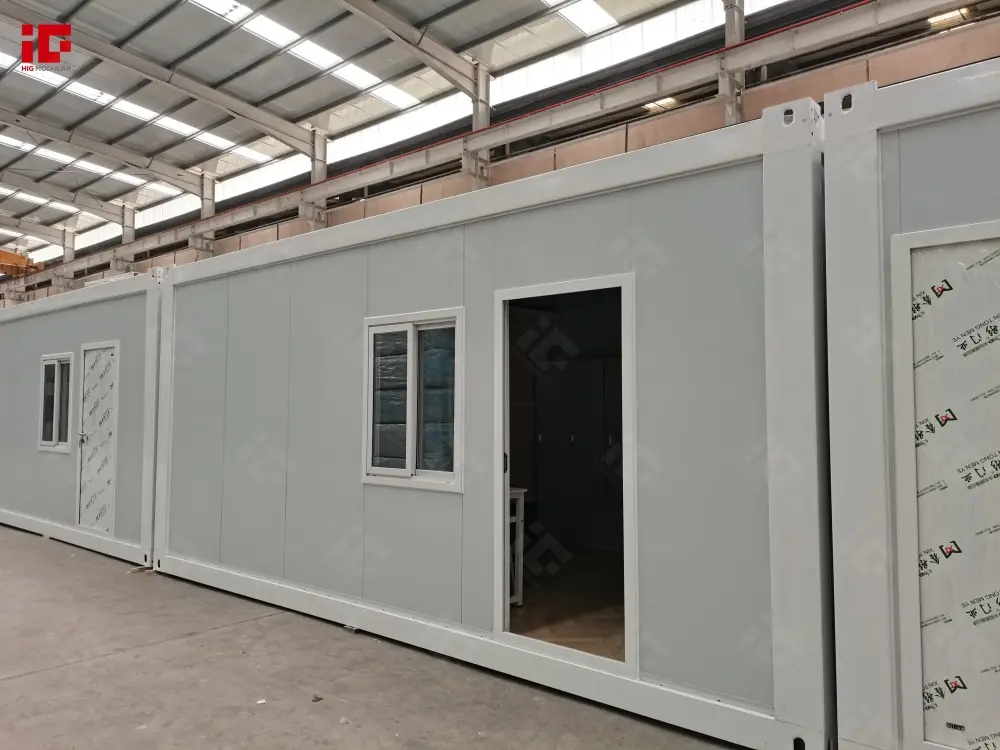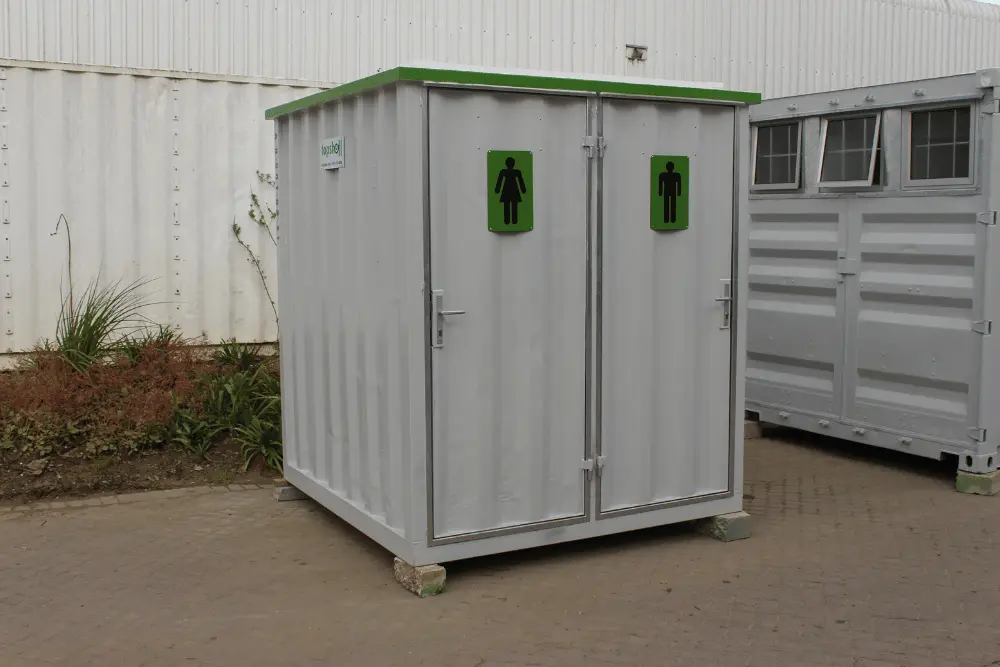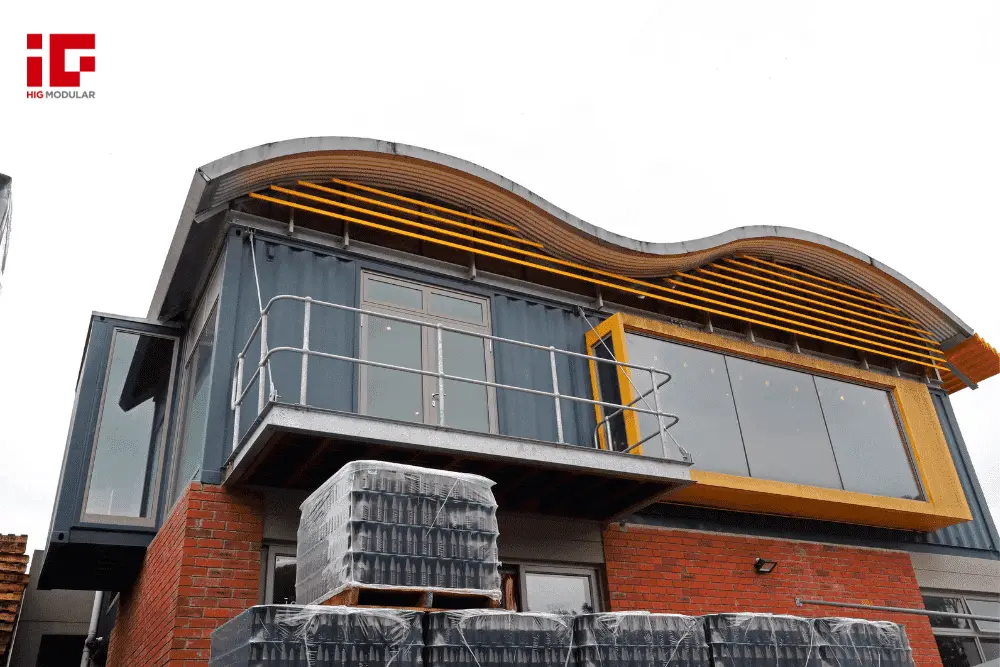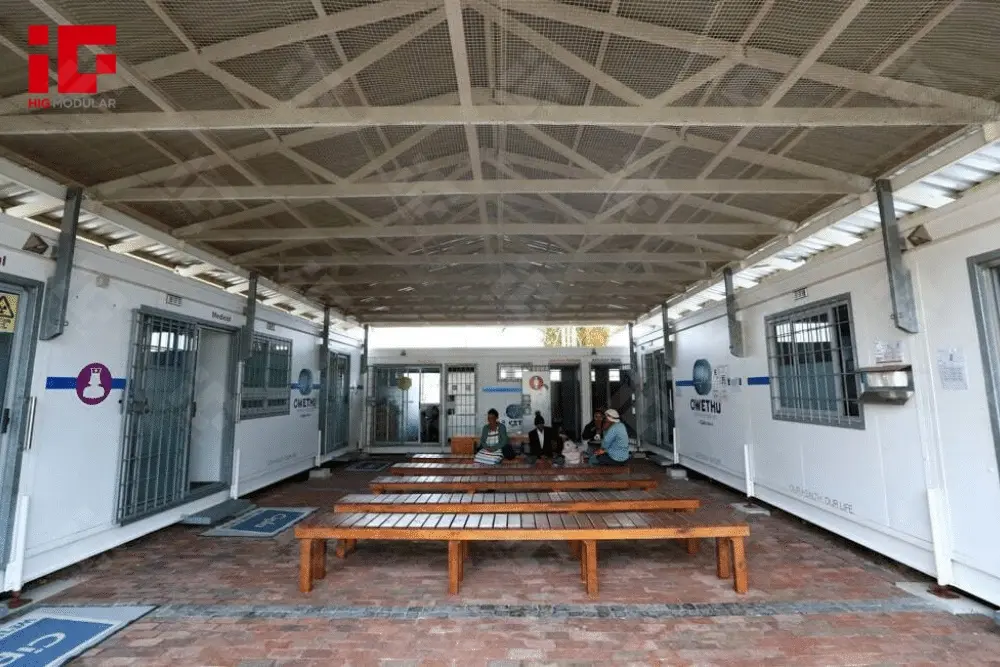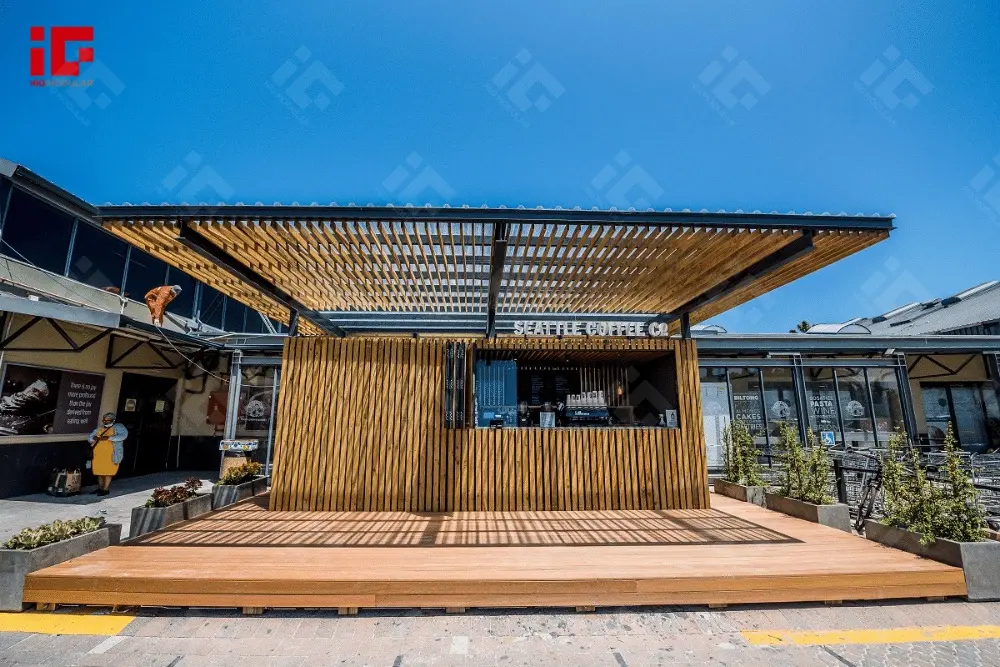News Categories
Featured News
0102030405
Container Homes: Innovations in Sustainable Modular Design
2025-06-16
As global demands for eco-friendly, adaptable housing intensify, container architecture is undergoing a revolutionary shift. This article explores the latest technological breakthroughs, industry trends, and social applications reshaping Container Homes—from foldable emergency shelters to smart urban developments—while addressing their role in sustainable living and affordable housing solutions.
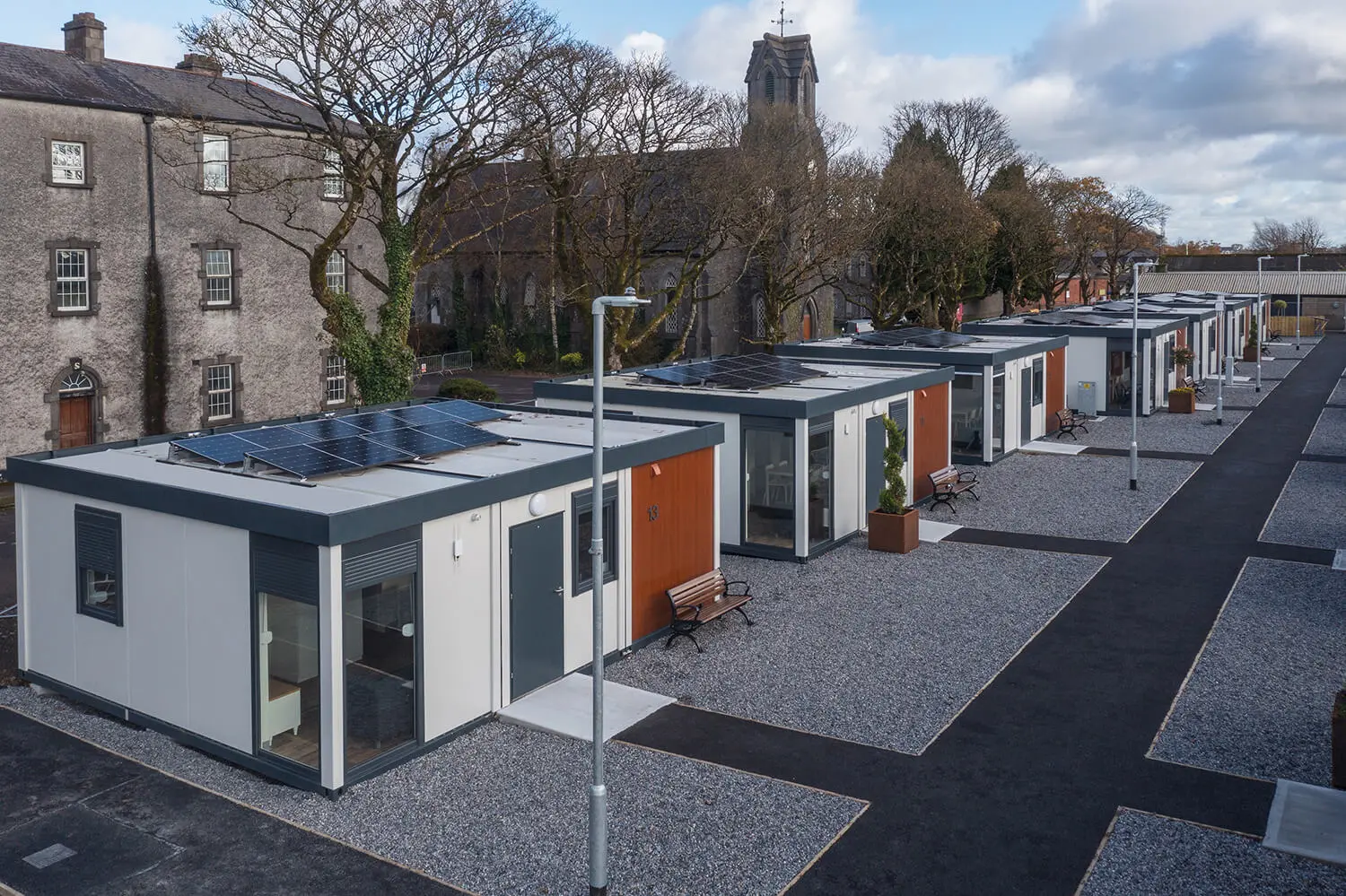
The Rise of Foldable and Expandable Container Architecture
A defining trend in 2025 is the proliferation of foldable and expandable container designs, which maximize space efficiency while maintaining portability. These structures, exemplified by DXH Container House’s revolutionary fold-out models, feature hydraulic or mechanical systems that allow units to expand laterally or vertically upon deployment. For instance, a standard 20-foot container can transform from a compact transport module into a 36 m² living space with separate kitchen, bathroom, and living areas within hours. This innovation addresses dual challenges: reducing transportation costs (folded units occupy minimal cargo space) and enabling rapid deployment in emergency scenarios or remote locations.
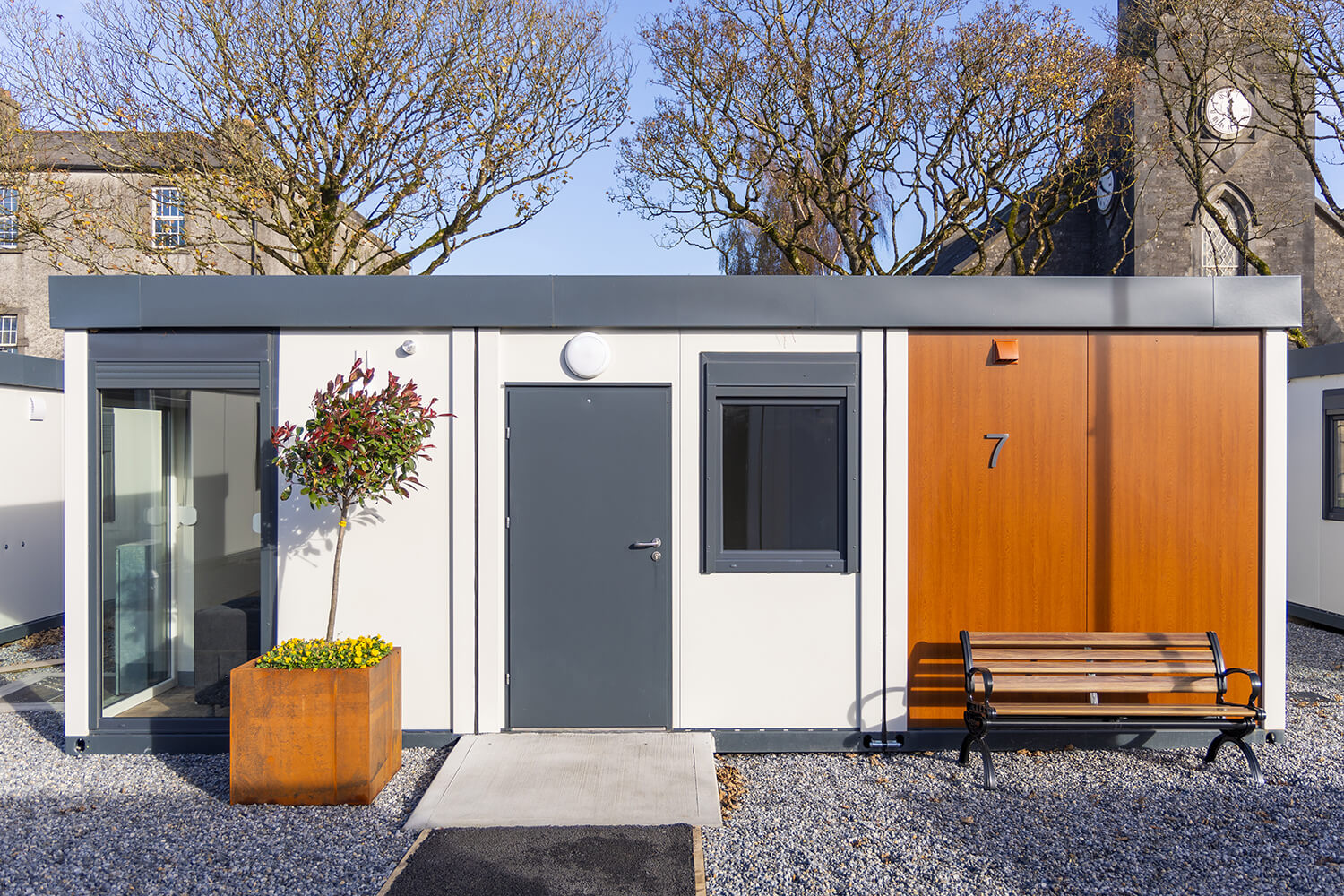
In disaster-stricken regions like Nepal or Bangladesh, folding containers are being deployed as temporary shelters, offering durable, weather-resistant housing until permanent solutions are established. Meanwhile, urban developers are leveraging expandable units for pop-up retail spaces, co-working hubs, and even multi-story apartments. The "Barcelona 21" project, for example, integrates 50 fold-out containers into existing city infrastructure, creating affordable housing units with green roofs and solar panels while adhering to local zoning laws. These designs challenge traditional notions of permanence, proving that container architecture can be both scalable and aesthetically sophisticated.
Advanced Technology: From Smart Homes to Automated Factories
The marriage of container housing with cutting-edge technology is propelling its evolution. Modern container homes now incorporate IoT-enabled systems, voice-controlled lighting, and energy-monitoring dashboards, transforming them into intelligent living ecosystems. In British Columbia, Canada, a fold-out Container Project features floor-to-ceiling windows optimized for passive solar gain and app-controlled HVAC systems that reduce energy consumption by 40%. Similarly, luxury container developments, such as the $300,000 two-story designs analyzed by Travelpander, integrate home theaters, climate-controlled server hubs, and rainwater harvesting systems, blurring the line between eco-friendly living and opulence.

Behind these innovations lies a revolution in manufacturing processes. Companies like He Bei ZhongTai Steel Structure Technology are using 3D modeling software and robotic welding systems to streamline container production. Automated factories now cut, weld, and finish steel frames with millimeter precision, reducing human error and slashing construction timelines from months to weeks. This shift toward prefabrication not only enhances quality control but also minimizes on-site waste—a critical factor in meeting sustainability goals.
Sustainable Solutions: Circular Economy and Green Building Standards
Container houses are at the forefront of the circular economy, repurposing retired shipping containers that would otherwise contribute to steel waste. Each reused 40-foot container saves approximately 3,500 kg of steel, equivalent to the weight of a mid-sized car. To further reduce their environmental footprint, many designs now incorporate recycled materials like Tetra Pak flooring (as seen in MIT’s Rajasthan housing project) and insulation made from reclaimed denim or sheep’s wool.
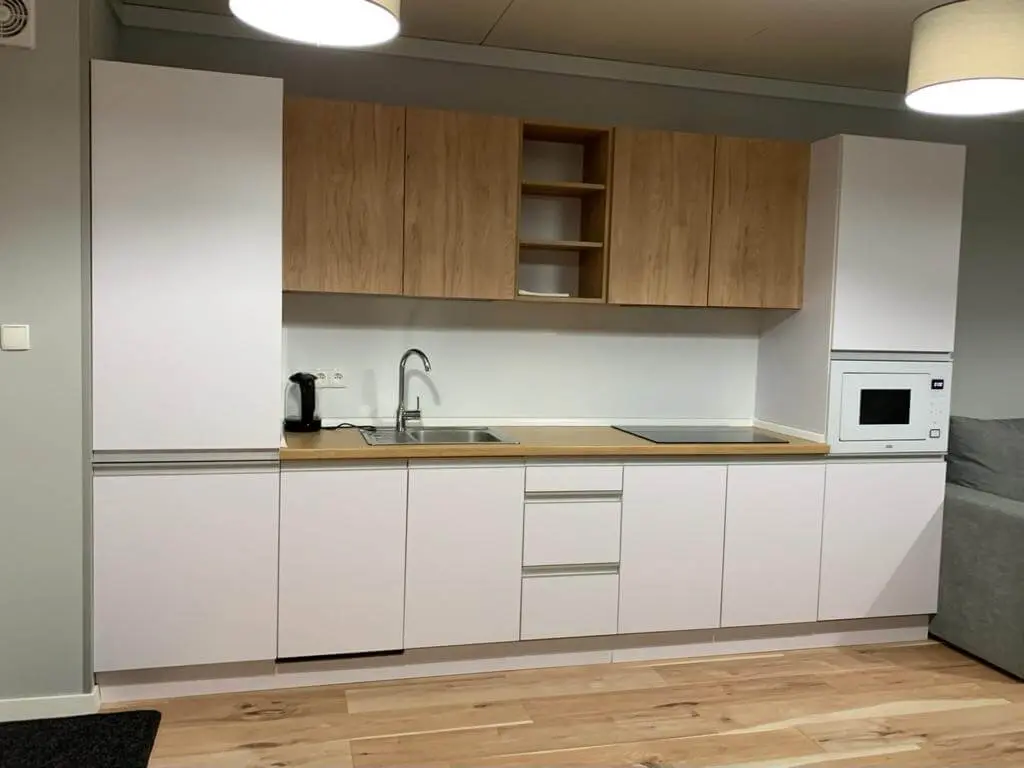
Energy efficiency remains a cornerstone of container house design. Innovations like phase-change material (PCM) insulation regulate internal temperatures, eliminating the need for constant heating or cooling. Solar panels and wind turbines are increasingly integrated into rooftops, while rainwater harvesting systems provide off-grid water supply. Projects like the Copenhagen fold-out community achieve a 75% reduction in carbon emissions compared to traditional homes, aligning with global targets under the Paris Agreement.
Affordable Housing and Social Impact Initiatives
Container houses are emerging as a practical solution to housing inequality. Governments and NGOs are deploying them in low-income communities and refugee settlements, where rapid construction and affordability are paramount. In India, Project Gharana converts containers into eco-friendly homes for homeless families, incorporating composting toilets and solar-powered lighting to create self-sufficient dwellings. Similarly, in Saudi Arabia, DXH Container House has completed multi-story modular dormitories for construction workers, offering durable, cost-effective housing that meets strict labor welfare standards.
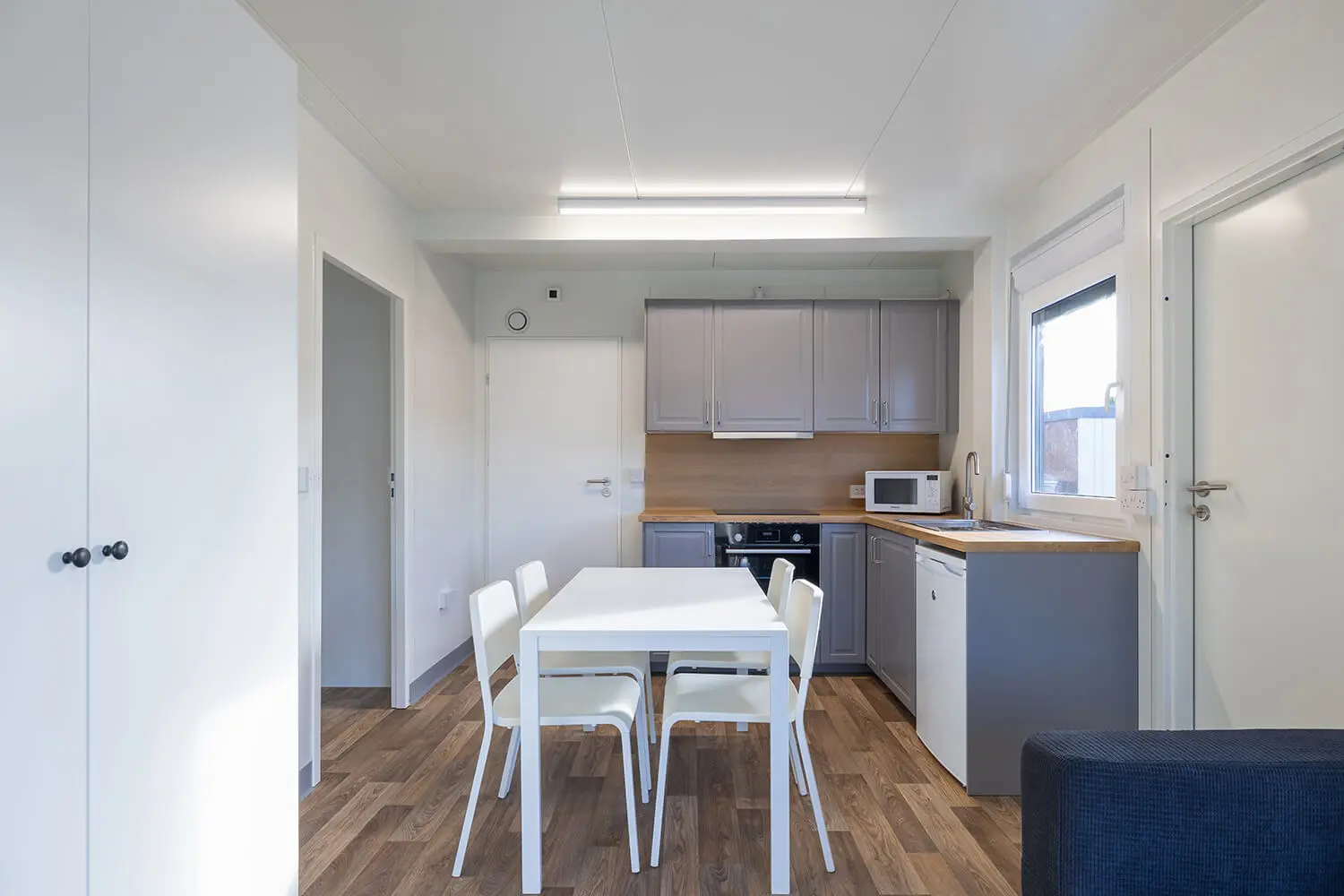
Financing models tailored to container homes are also gaining traction. Programs like the U.S. Department of Energy’s incentives for energy-efficient construction and Australia’s Green Home Loan Scheme make container housing accessible to a broader demographic. Meanwhile, micro-lending platforms are enabling grassroots initiatives, such as community-owned container parks with shared amenities like gardens and co-working spaces.
Urban Reinvention: From Infill Projects to Mixed-Use Developments
In densely populated cities, container houses are reshaping urban landscapes through infill development and adaptive reuse. In London’s "Container City," stacked containers form a vibrant hub of artist studios and offices, while in Los Angeles, converted containers serve as pop-up cafes and galleries in revitalized industrial zones. The trend extends to mixed-use projects, where container units are combined with traditional construction to create hybrid developments. For example, a recent project in Spain merges prefabricated container modules with concrete foundations to build a modular restaurant featuring retractable outdoor seating and a rooftop garden.
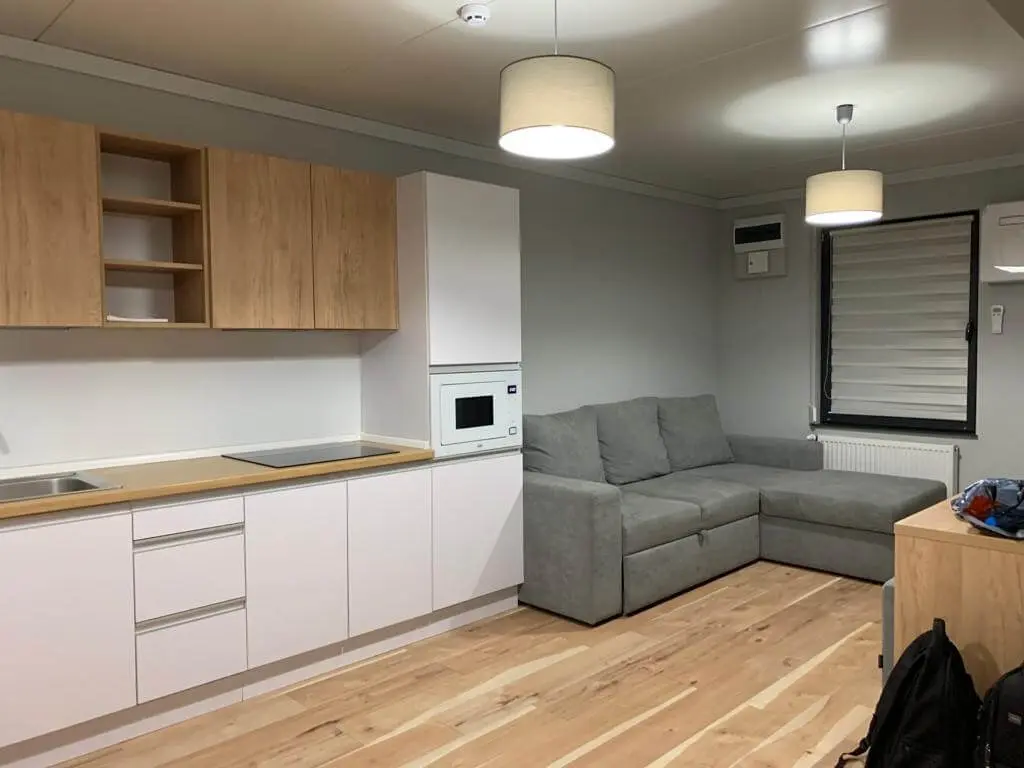
These developments prioritize community connectivity. Container villages with communal kitchens, playgrounds, and green spaces are fostering social cohesion in cities like Amsterdam and Melbourne. Co-living concepts, such as the "Barcelona 21" project, integrate shared workspaces and sustainability workshops, creating micro-communities that prioritize collaboration and environmental stewardship.
Overcoming Challenges: Regulatory Frameworks and Perception Shifts
Despite their promise, container houses face hurdles, particularly in regulatory compliance and public acceptance. Zoning laws in many regions still classify containers as temporary structures, limiting their use for permanent housing. However, progress is evident: cities like Vancouver and Austin have updated building codes to recognize container homes as viable residential options, while the EU’s Energy Performance of Buildings Directive now incentivizes modular construction.
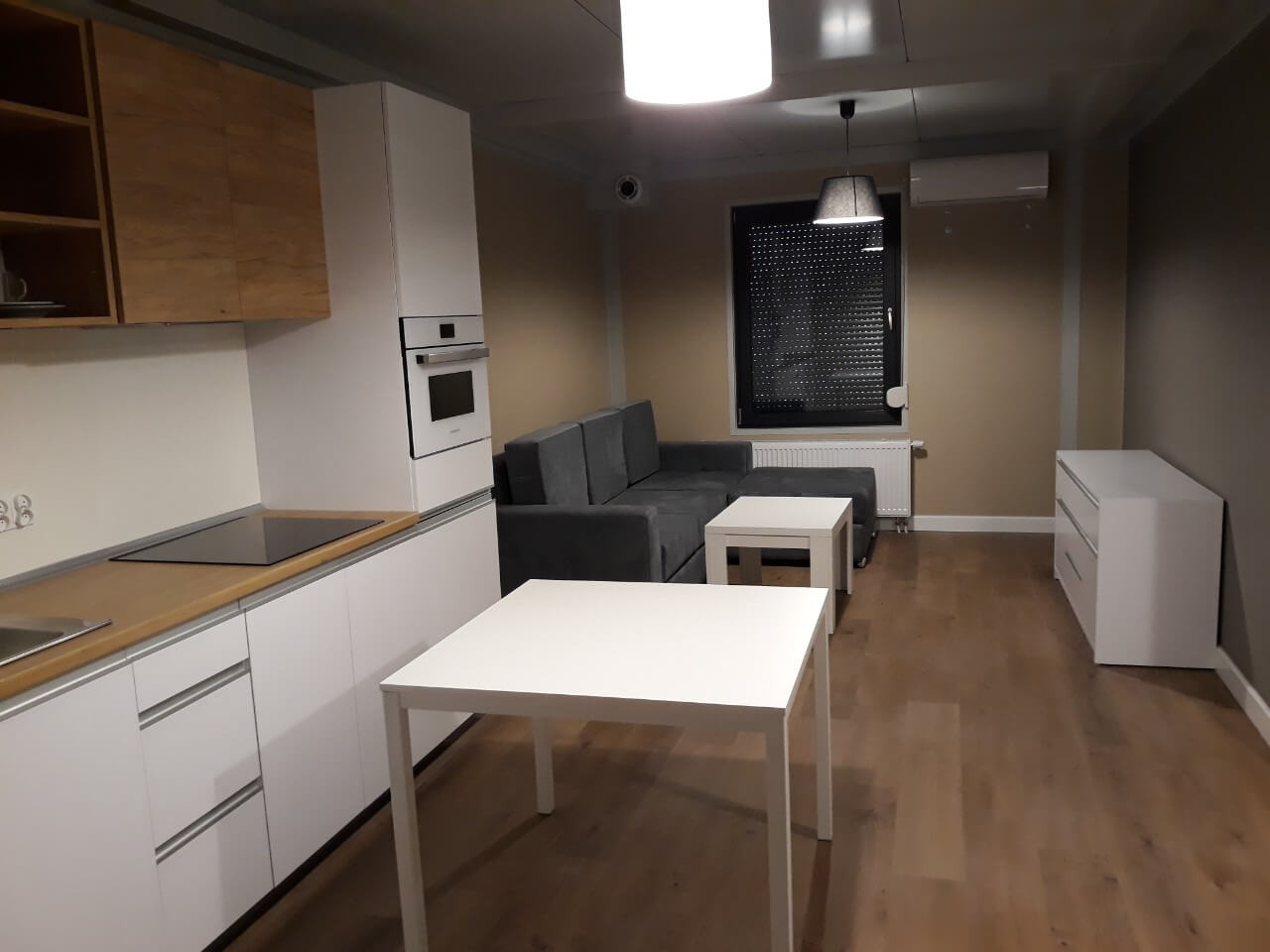
Perception is another barrier. Early container homes were often associated with austerity or makeshift shelters, but modern designs—featuring sleek cladding, panoramic windows, and luxury finishes—are challenging this narrative. Architectural firms like Poteet Architects and Honomobo are showcasing how containers can be transformed into award-winning guest houses and luxury retreats, complete with en-suite bedrooms and spa-like bathrooms.
The Road Ahead: Industry Forecasts and Global Adoption
The container housing market is projected to grow at a CAGR of 6.72%, reaching $126.57 billion by 2034, driven by urbanization, climate action, and technological advancements. Key drivers include:
- Government incentives: Subsidies for affordable housing and green building initiatives are accelerating adoption in Asia-Pacific and Europe.
- Material innovation: Nanocoatings and composite materials are enhancing durability and weather resistance, while 3D-printed components enable hyper-customization.
- Smart integration: The Internet of Things (IoT) is enabling predictive maintenance, energy optimization, and remote management, positioning container homes as smart city staples.
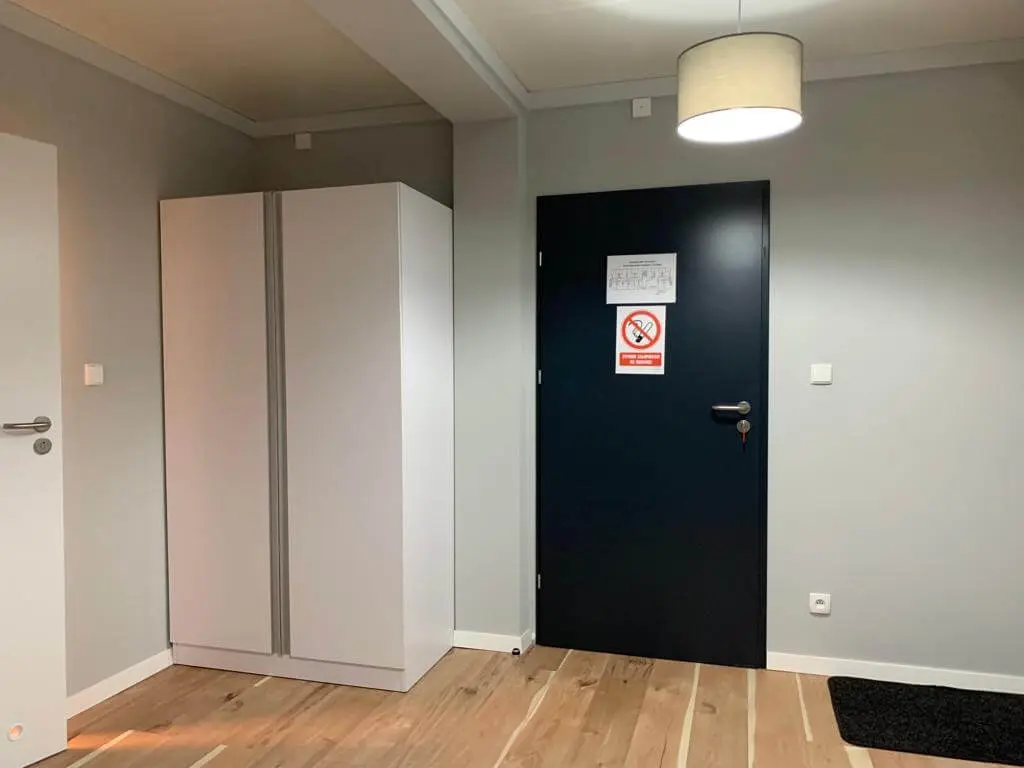
In the coming years, container architecture will likely expand into new frontiers, such as floating communities in coastal cities and space-efficient housing for aging populations. As showcased by the MIT Solve initiative in India, container homes are not just structures—they are catalysts for social equity and environmental resilience, proving that innovation in housing can be both practical and visionary.
Conclusion
Container houses represent a paradigm shift in how we inhabit and interact with our environment. By blending sustainability, modularity, and technological ingenuity, they offer solutions to some of humanity’s most pressing challenges: climate change, housing insecurity, and the need for adaptable living spaces. As folding containers deploy in disaster zones, smart homes redefine urban living, and community-driven projects foster inclusivity, the container house stands as a testament to human creativity—transforming industrial relics into spaces that inspire, sustain, and adapt. The future of housing is not just built; it’s reimagined, one container at a time.



